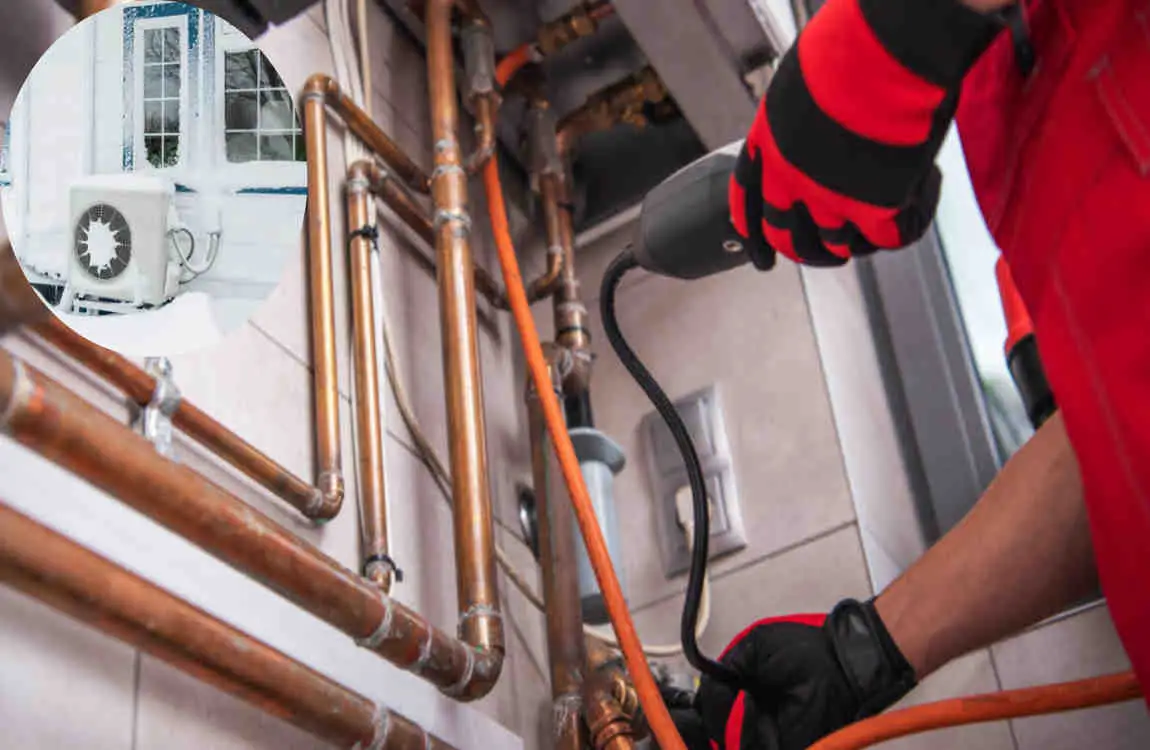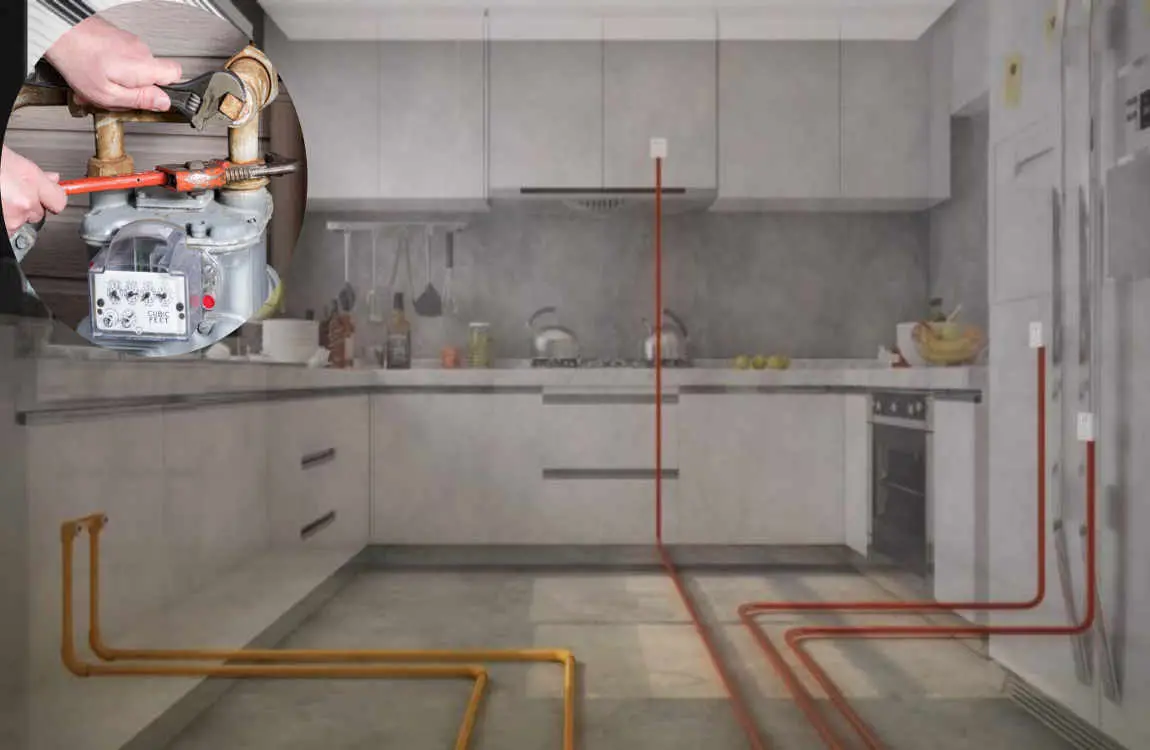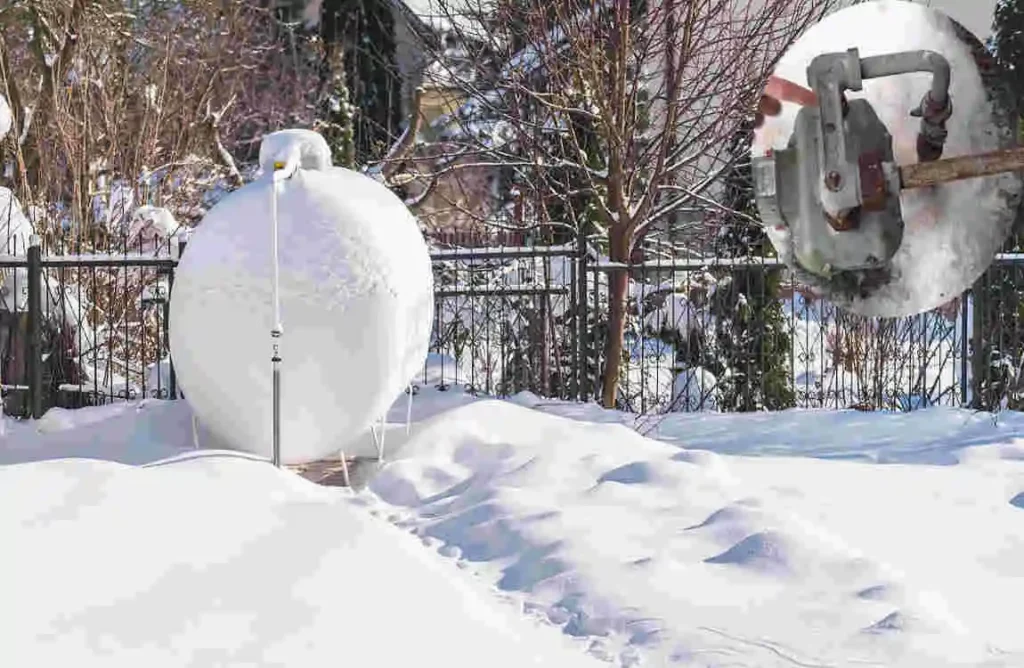Keeping your home safe from gas line freeze is crucial during cold weather to prevent fuel flow blockage, damage, and potential hazards. By insulating house gas pipes, maintaining a consistent indoor temperature above freezing, and sealing any gaps or cracks that allow cold air inside, homeowners can significantly reduce the risk of frozen gas lines. These simple yet effective measures ensure your gas supply remains uninterrupted and your home stays protected throughout winter.
Understanding the Risks of Gas Line Freezing

Gas lines are an essential part of many homes, powering everything from heating systems to stoves. However, these lines can be at risk during severe winter weather.
When temperatures drop significantly, gas lines running through uninsulated areas can freeze. This is particularly true for older homes or those with poorly insulated spaces. A frozen gas line not only disrupts your service but can also create a dangerous situation.
As the gas inside expands due to freezing, it increases pressure within the line. This heightened pressure might lead to leaks once the line thaws. Such leaks pose serious risks including fire hazards and harmful gas exposure.
Being aware of where your gas lines are located and how vulnerable they may be in extreme cold is key to preventing issues before they arise. Taking proactive measures will help keep you safe throughout the winter months.
Signs of a Frozen Gas Line
Recognizing the signs of a frozen gas line can prevent bigger problems down the road. One major indication is a hissing sound coming from your appliances or lines. This noise suggests that gas might be escaping due to pressure changes.
You may also read (rerouting house plumbing essential tips and techniques).
If you’re unable to ignite your gas stove or furnace, it may signal that the line has frozen over. Appliances should spark up without issue when functioning properly.
If you notice fluctuating temperatures in your home despite using heating systems, this inconsistency might point toward a frozen line affecting airflow and heat distribution throughout your space.
Tips for Preventing Gas Line Freezing
Keeping your gas lines warm is essential during the colder months. One effective way to prevent freezing is to insulate exposed pipes. Foam pipe insulation or heat tape can work wonders in protecting vulnerable areas.
Another tip involves maintaining a consistent indoor temperature. When it’s bitterly cold outside, avoid letting your home get too chilly at night. A steady warmth helps keep those pipes safe.
If you have a garage with gas lines running through it, ensure that it’s insulated as well. Sealing any drafts can create a more stable environment for those critical connections.
Regularly check for any signs of wear or damage on your gas line installations; early detection can save you from bigger issues down the road.
Precautions to Take During Extreme Cold Weather

When extreme cold weather hits, taking precautions can make all the difference. First, ensure your home is well-insulated to prevent drafts that could affect gas lines. Insulation helps maintain a consistent temperature.
Keep cabinets under sinks open to allow warm air circulation around pipes. This simple step can prevent freezing in vulnerable areas.
Consider using space heaters in critical areas where plumbing is located. Just be sure to follow safety guidelines when using these devices.
Monitor indoor temperatures closely, especially at night when it’s typically colder outside. If you notice any signs of chilliness near your gas line or appliances, take action immediately to mitigate risks associated with freezing conditions.
What to Do If Your Gas Line Freezes
If you suspect your gas line has frozen, act promptly but safely. First, turn off the gas supply to prevent any potential hazards. This is crucial in safeguarding both your home and loved ones.
Next, inspect the area surrounding the affected line. Look for visible signs of damage or ice buildup. Do not attempt to thaw it using an open flame; this can be extremely dangerous.
Instead, gently warm the pipe with a hairdryer set on low heat or wrap it in towels soaked with hot water. Keep monitoring until you see signs of melting.
After addressing immediate concerns, contact a licensed professional for help. They possess the expertise needed to handle such situations effectively and safely.
It’s vital to avoid DIY fixes that might worsen the issue or create new risks. Stay alert and prioritize safety above all else while waiting for assistance.
Importance of Regular Maintenance
Regular maintenance of your gas lines is essential for safety and efficiency. A well-maintained system reduces the risk of leaks, which can lead to dangerous situations.
During routine checks, professionals can identify potential issues before they escalate. This proactive approach saves homeowners from costly repairs later on.
Keeping records of inspections also helps track any recurring problems. It allows you to understand how your system performs over time and adjust maintenance schedules accordingly.
Routine maintenance not only protects your home but also promotes peace of mind. Knowing that everything is in order gives you confidence during harsh weather conditions or emergencies.
You may also read (how do mobile home faucets differ from regular faucets).
